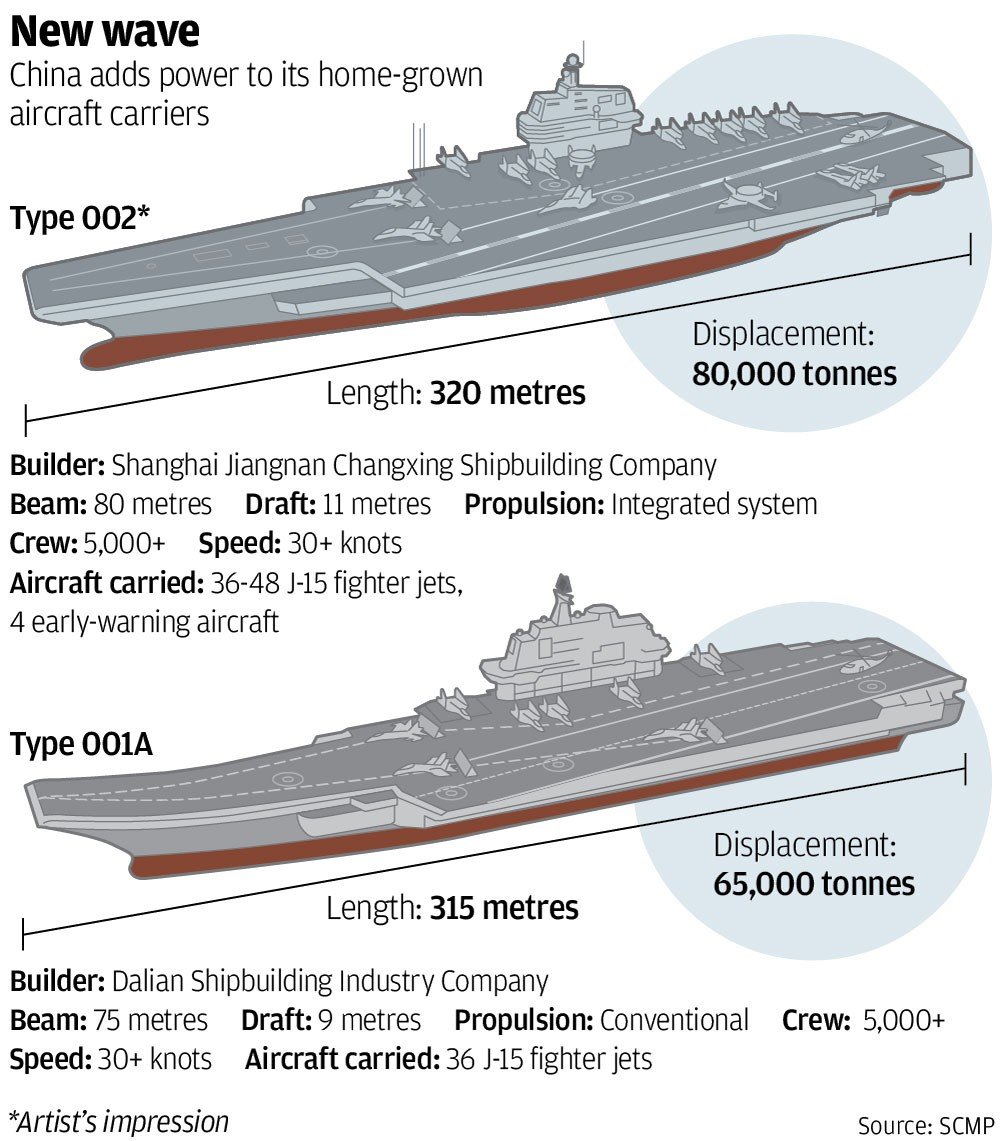Actually, depending on
actually, look up hydrodynamic hull speed.
Depending on whether the ship’s previous top speed was its hydrodynamic hull speed, it is paradoxically very possible for that same ship to become capable of slighter higher top speed with same engine power if you keep the same, beam, draft, and accept a slight increase in displacement to add a few percent to its length.
It is a trade off between increasing frictional drag of a longer resulting from greater wetted area, and the effect of a longer hull increasing the speed at which the wave drag increases exponentially.
I am aware of that particular relationship.
Yet the fact that they chose not to pursue a slightly longer ship (assuming that they could maintain an equal or greater speed while retaining the same propulsion), suggests to me that there must be a significant reason for it.
Of the various possibilities, like cost, design limitations, and limitations of technology, the most likely is probably technology, and of technology, I think the most likely domain is overwhelmingly propulsion.
I have a few questions about them, is there any relationship between deck space and displacement?
The deck space of 003 is close to the Ford, so is their displacement also close?
View attachment 74219
There isn't a universally applicable relationship between flight deck area and displacement.
Close is relative. Is within 10,000-15,000 tons close?
One only needs to see the difference in displacement between Kitty Hawk class and Nimitz/Ford despite relative closeness in key dimensions.
An additional 10m of length, with different propulsion, can certainly add up, especially if the waterline beam is also wider by even only 0.5m.


